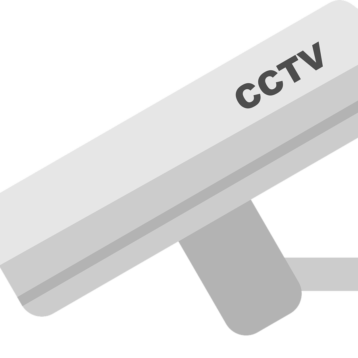
Companies are constantly faced with more and more sources of data. You’d think that this is great and makes it much easier to make informed decisions. Well, that’s not exactly the case. Since there are so many different types of data sources, choosing the right ones can be tricky business. Here are 5 data sourcing best practices to ensure you don’t get lost anymore.
Focus on primary sources
If you find a great report on your industry, always check if the report is based on primary or secondary data. If it’s secondary data, try to get to the primary source of the data. The more people reuse the data, the more likely that data is to be distorted, which just leads to misinformation.
Quality over quantity
Just because there’s so much available data out there doesn’t mean that it’s all equally valuable. It’s better to have a small amount of data that’s high quality and reliable than a large amount of data that’s not reliable at all.
Ensure the data is fresh
If you’re trying to draw insights from the current market situation or anything else that is constantly changing, only use fresh data. Some information can be considered old, even if it’s just a few weeks old. So before collecting any data, evaluate your goals and determine how new your data must be. This also means that you should constantly be updating your data.
Stay organized
Once you start sourcing your data, you might end up with so much of it that you eventually get lost and can no longer understand it. Every piece of information that you collect should be labeled and stored in an appropriate folder. Avoid mixing up different types and formats of data. If you combine the data for analytical purposes, keep a backup of the initially organized data.
Use data providers
One of the best ways to source data is by purchasing it from data providers. These are professionals who make a living from sourcing data, and they know all of the ins and outs related to it. However, you need to know how to choose the correct data provider to ensure that you receive precisely what you need at a fair price.
Here are some tips to follow when choosing a data provider:
- Read reviews;
- Ensure they offer detailed reports and not unclear data dumps;
- Ensure the data is collected legally;
- Check how flexible they are: can they source extra data specifically for you?;
- Evaluate how the cost matches the service provided and compare to competitors.
Conclusion
Data sourcing isn’t as easy as it looks. Poor data sourcing practices won’t help your business. In fact, it will only misinform decision-makers and decrease competitive advantage. When sourcing data, focus on high-quality, primary, and fresh sources. Once you gather the data, be careful not to make a mess of it and keep everything neat and organized. Finally, check out some data providers who might be able to do most of the heavy lifting for you.










